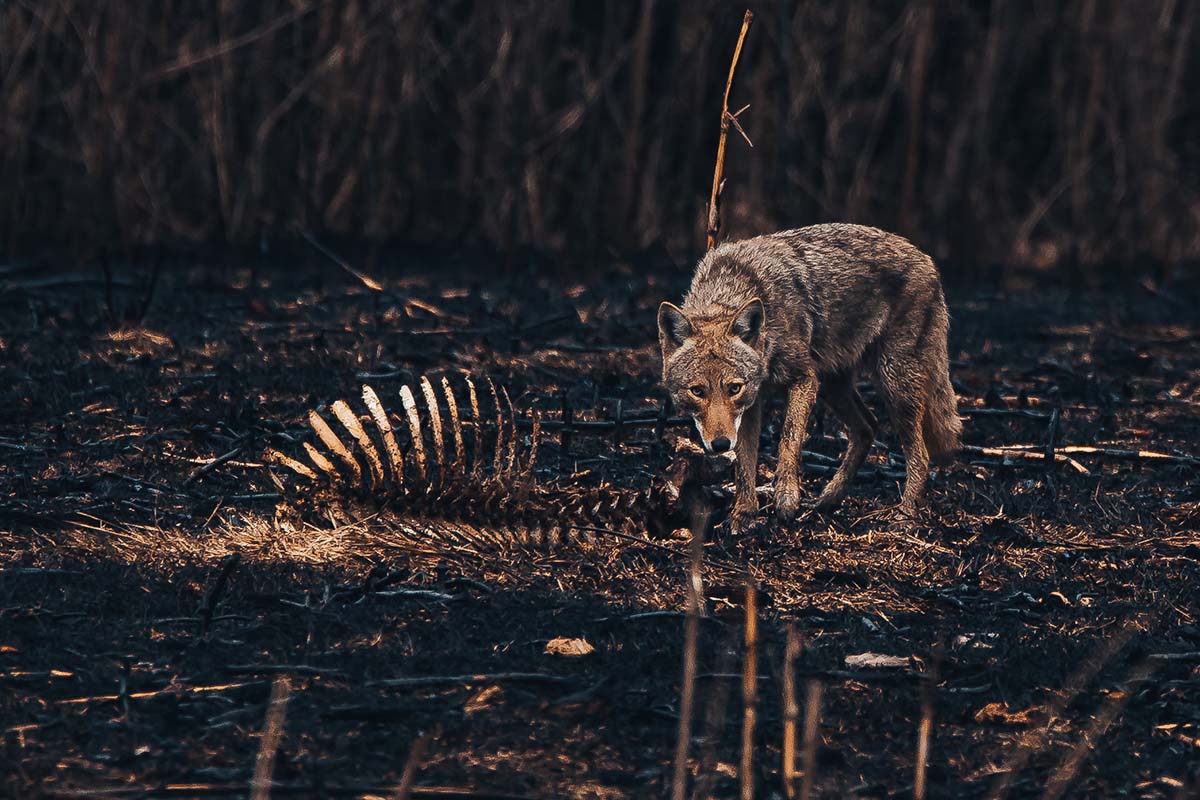Reigniting a Passion for the Outdoors
Kyle Underwood’s Tamron 150-600mm VC G2 has taken his wildlife photography to a whole new level.
Share the article:
More Photo Tips | Video Gallery | Photo Gallery | Enewsletter sign-up
By Jenn Gidman
Images by Kyle Underwood
Kyle Underwood considers the outdoors an obsession, and it’s not hard to see why, considering where he grew up and where he now lives in Sallisaw, Oklahoma, about three hours from Oklahoma City. “I was raised on 400 acres as a kid, like it was my personal playground,” he says. “As an adult, that translated into hiking and traveling, especially to the national parks, and soon photography found its way into the mix, too.”
At one point, Kyle moved away from family and friends and found himself spending a lot of time solo. “I picked up an inexpensive camera at Walmart and used photography to fill the time when I wasn’t working, since I was by myself so much,” he says. “As my photography progressed, I began taking pictures of people—weddings, senior photos, things like that—but it started stressing me out and making me hate the hobby I loved. I’d always gravitated toward wildlife photography, and so I started diving into that again. When I finally picked up the Tamron SP 150-600mm VC G2, it elevated my photography even further and reignited my passion for being outside.”
Whether he’s taking pictures by himself or with his kids tagging along, on his own property or in one of the several wildlife preserves in the area—including Sequoyah National Wildlife Refuge in Vian, where all of these photos were captured—Kyle relies on his 150-600 ultra-telephoto zoom for its versatility, 600mm reach for faraway creatures, and stellar image quality and sharpness.
“I often head out early in the morning, late in the evenings, or in the middle of a stormy day, and with that lens I’m able to use low shutter speeds and a low ISO and still capture nice, sharp images,” Kyle says. “The 600mm end of the lens helps me fill the frame for animals that are at a distance, and the Vibration Compensation (VC) feature offers me the image stabilization I need. I’m able to capture the darker, moodier images I want, which have made quite an impact on my work and on my social media. My Instagram page has grown quite a bit since I started using that lens and seeing this shift in my style.”
Fall and winter are Kyle’s favorite seasons for taking wildlife pictures, especially because owls, one of his favorite animals to photograph, are especially active then. “When it’s hot outside, they’re just not poking around as much,” he says. “In terms of when wildlife in general tends to be out and about, I spot the majority of the animals I photograph early in the morning or late in the evening. As the evening progresses, I’ll gradually bump up my ISO, bit by bit, so that when the time comes for me to finally take a picture, I’m set. I would hate to run into a photo-worthy scene and not have my settings ready for it.”
Kyle is always on the lookout for subjects in some sort of interesting position, scenario, or activity that will make for a compelling photo. “I try to find motion in the image if I can, whether that’s the wildlife hunting, feeding, or playing,” he says. “Or sometimes, it’s just a certain pose they strike. I ran into this older white-tailed deer as I was about to leave the refuge one day. The sun was starting to rise, and this buck, who was about 30 feet away and just staring at me, suddenly caught my eye. With the 600mm end of the lens, I was able to stay out of his way and zoom in for the shot before he ran off to chase after a doe in the field.”
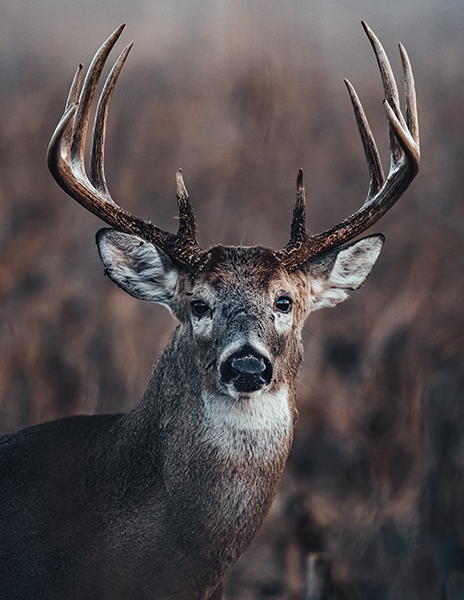
150-600mm (600mm), F/6.3, 1/500 sec., ISO 1250
Click image to view larger
Coyotes scouting for dinner after a controlled burn—in which firefighters purposely start a fire to clear out an area’s underbrush—and a raccoon literally hanging out in a tree are more examples of how Kyle is looking to capture a more intimate look at the animals’ day-to-day activities. “That raccoon photo isn’t something I could’ve planned, but it perfectly exemplified a hot summer day in Oklahoma,” he says.
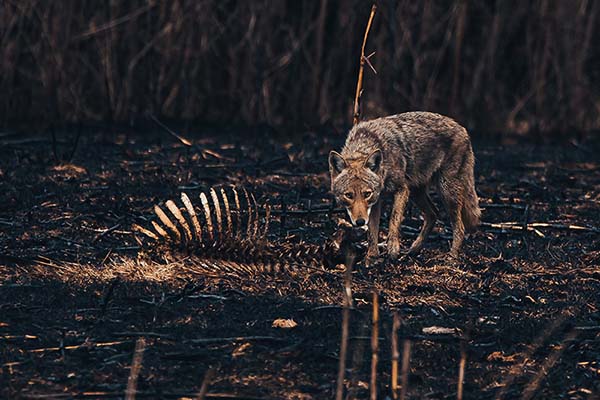
150-600mm (600mm), F/6.3, 1/320 sec., ISO 500
Click image to view larger
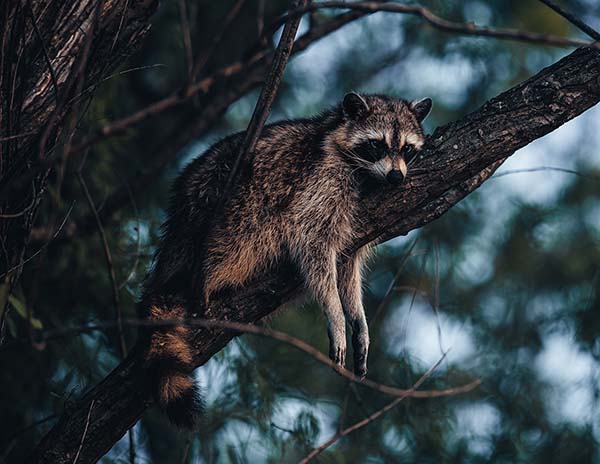
150-600mm (428mm), F/6.3, 1/400 sec., ISO 640
Click image to view larger
Trying to capture the animals at eye level is Kyle’s usual mission. “It’s important that my viewers are eye to eye with my subjects,” he says. “I’ll also blur much of the background out and keep that part of the image darker, so that my subject stays illuminated and the center of attention. The photo holds more emotion that way. For both the shot of the bird on one leg and the armadillo, which had been rooting around in the ground in front of me, I got down on my stomach to ensure I got the angle I wanted. The armadillo kept right on eating as I was taking pictures of it.”
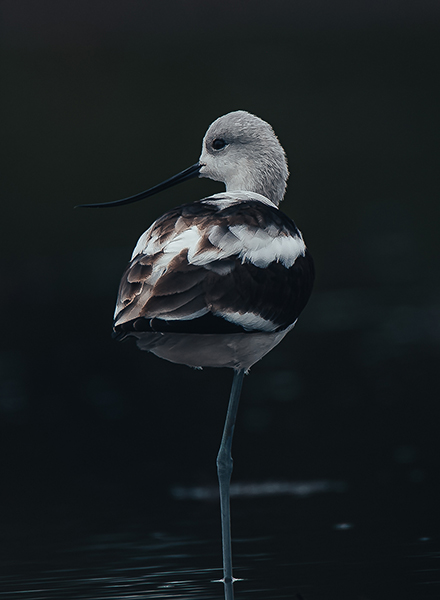
150-600mm (600mm), F/6.3, 1/500 sec., ISO 160
Click image to view larger
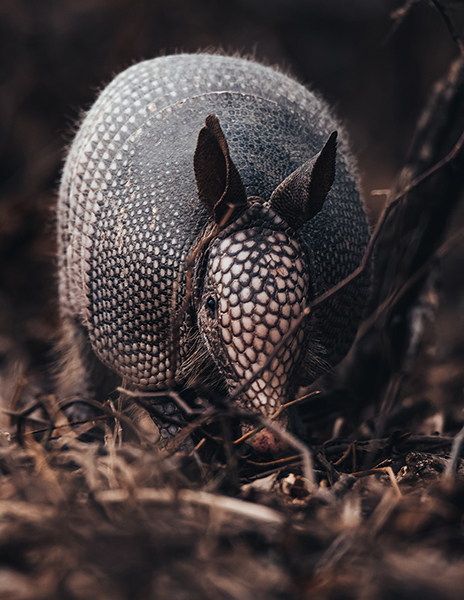
150-600mm (600mm), F/6.3, 1/400 sec., ISO 640
Click image to view larger
Sometimes, however, Kyle diverges from his eye-level M.O., depending on the circumstances. “That bald eagle you see here is a rare sight,” he says. “People were coming from all different states to catch a glimpse of it. I usually try not to have a subject with just plain sky behind it, but the eagle was at a distance, and from where I was standing, I was forced to shoot up toward the sky a bit. I had to take what I could get, knowing I’d probably never see that bird again.”
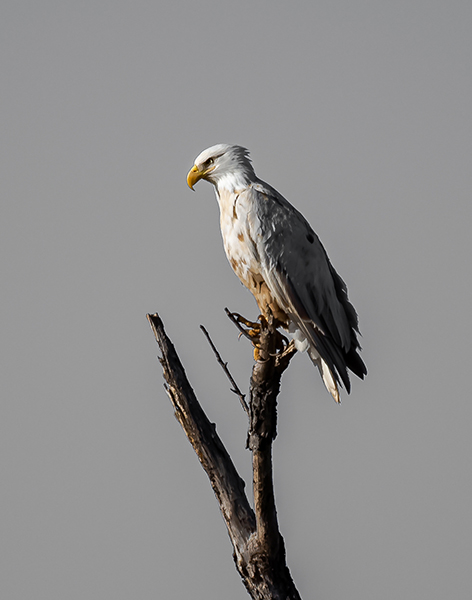
150-600mm (600mm), F/6.3, 1/1000 sec., ISO 100
Click image to view larger
Kyle is always on the lookout for new and unusual entries for his portfolio. “There are a lot of migrant birds that fly annually through this area, and a pamphlet that allows you to check off every bird you’ve photographed,” he says. “I challenge myself to take pictures of as many of these birds as I can each year. I make a game out of it. Other times, I’m just completely surprised by what jumps out in front of my camera, like a coyote or bobcat. With the 150-600, at least I know I’m always ready.”
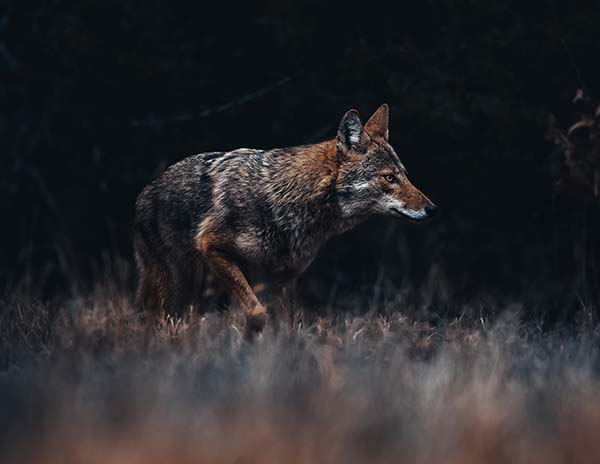
150-600mm (600mm), F/6.3, 1/250 sec., ISO 320
Click image to view larger
And then there are the familiar faces. “Songbirds, for instance, like warblers or birds that like to hang out around the swamps—I’ve always got a good feel for where they’re going to be,” Kyle says. “And then there’s Sally, a barred owl I named for Sally Jones Lake, which is where I first spotted her. She’s been a window of sorts for me, photographically. I saw her in the same area every day for months and kept taking her picture. Outdoor Oklahoma magazine was having a contest, and I submitted one of my photos of her. It ended up winning the cover. Sally helped get my name out there.”
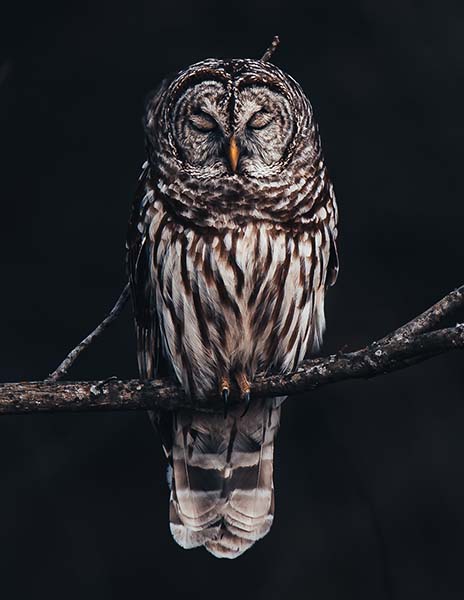
150-600mm (600mm), F/6.3, 1/30 sec., ISO 100
Click image to view larger
More Photo Tips | Watch Videos | Learn More About Tamron Lenses | Photo Gallery
